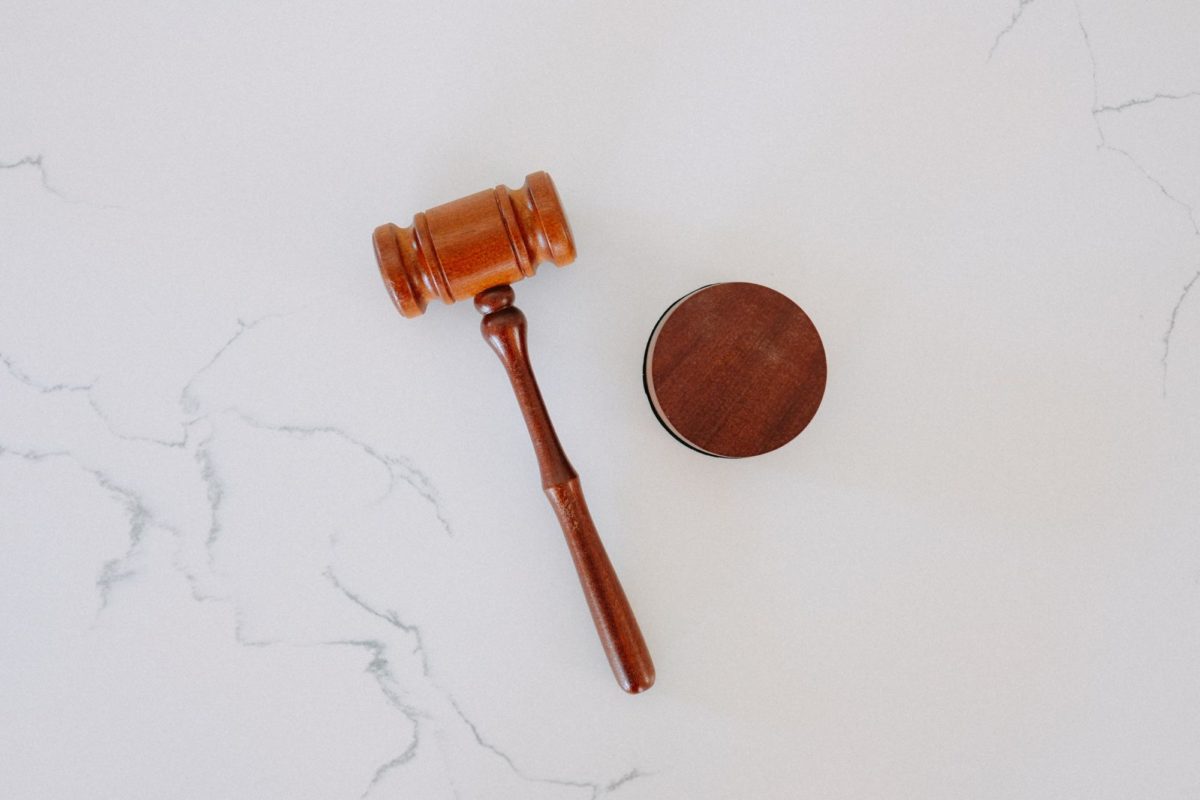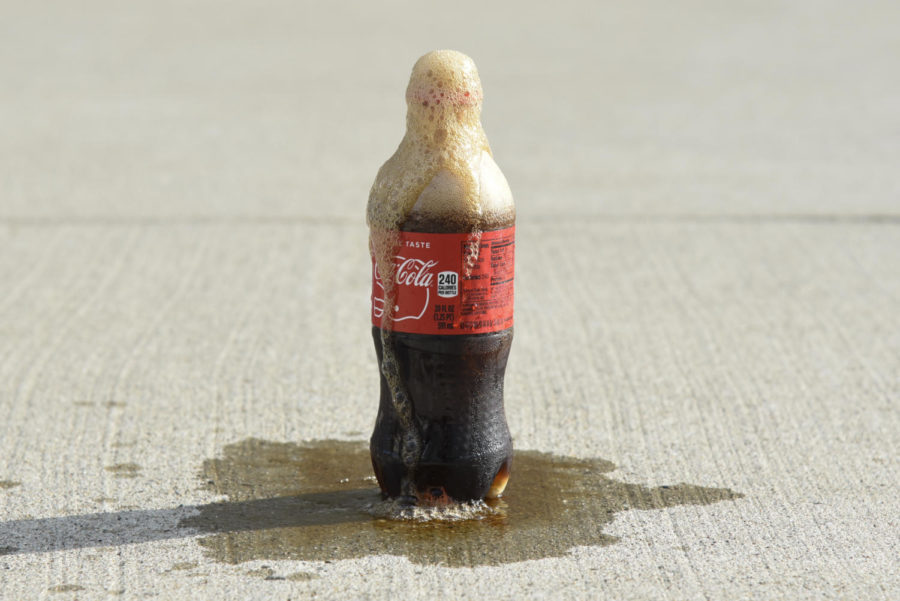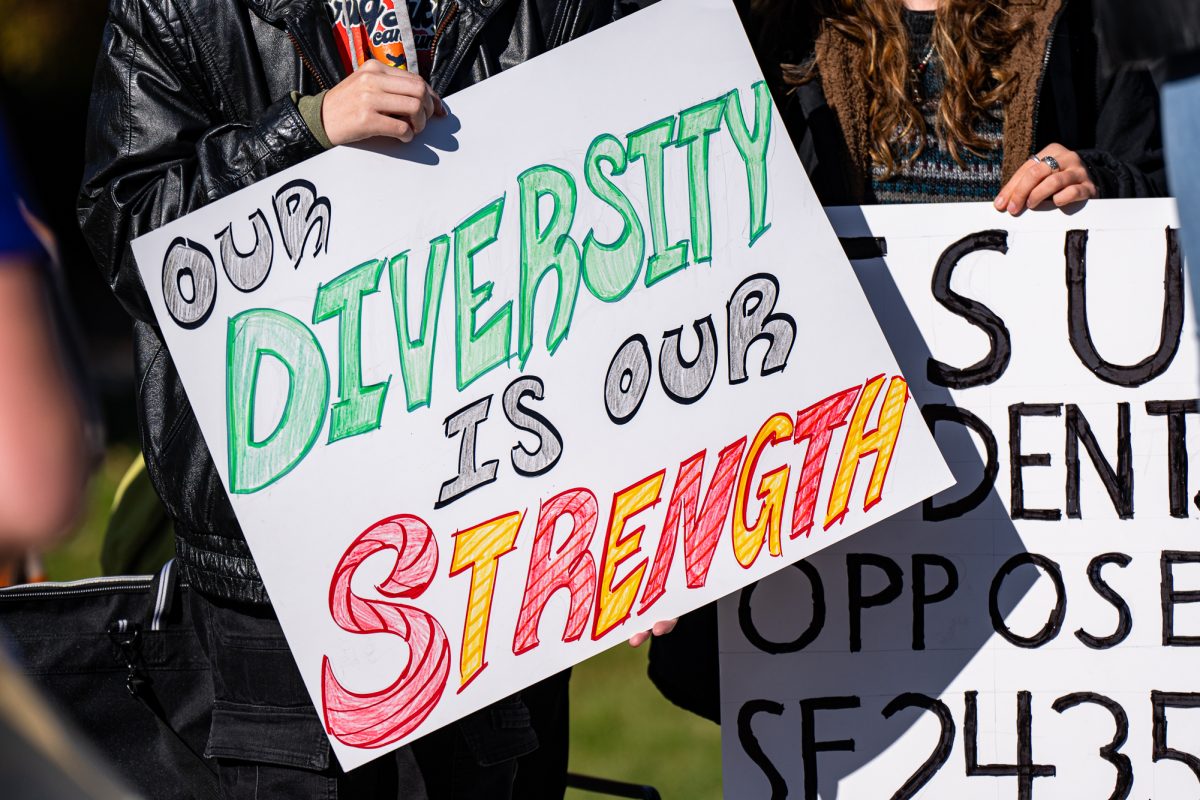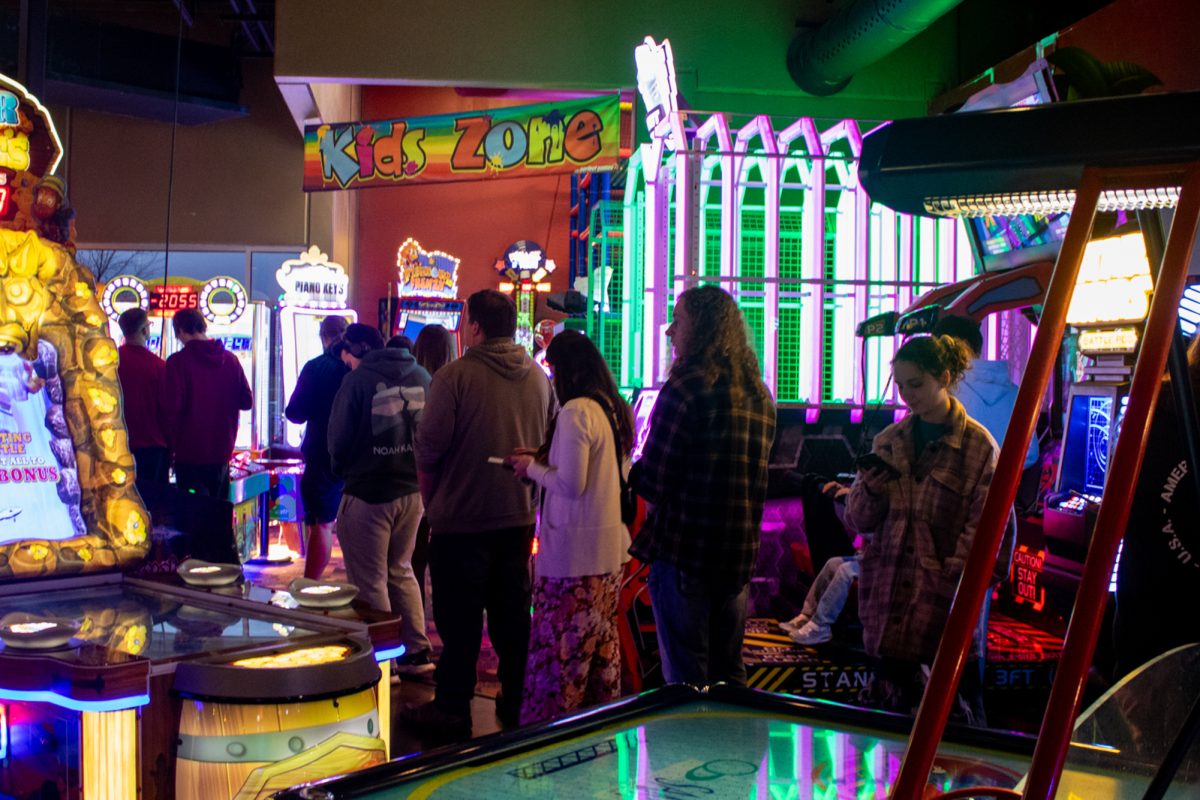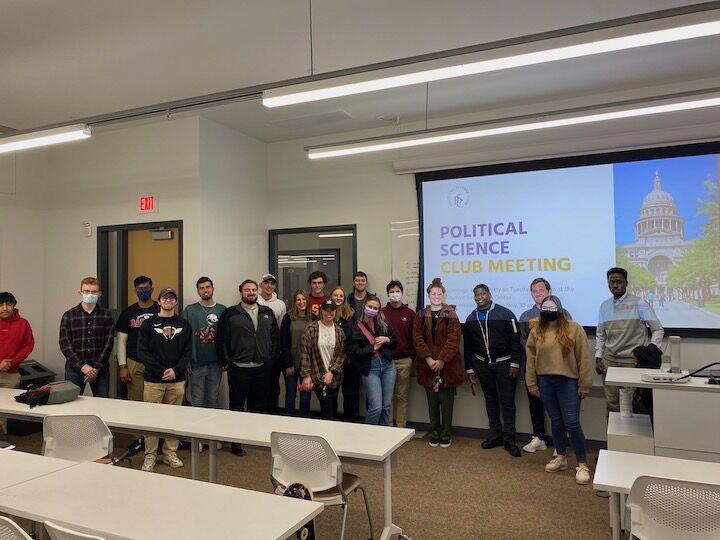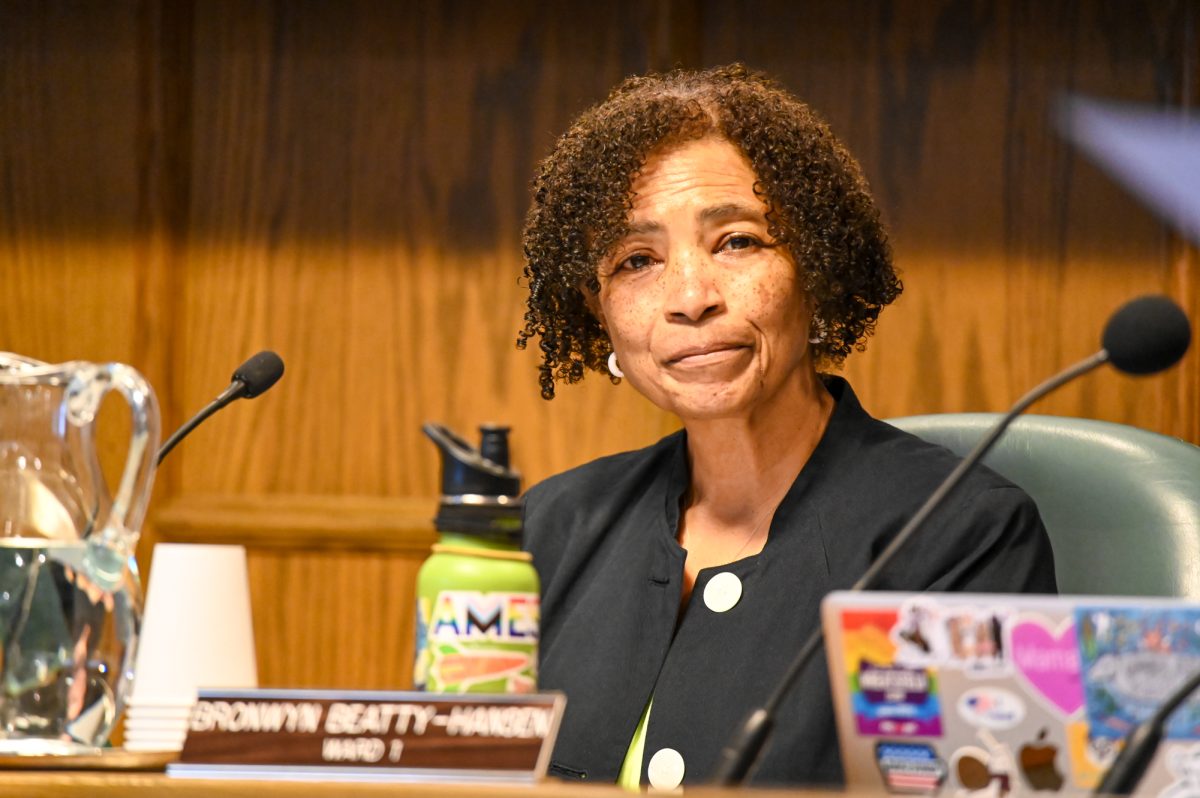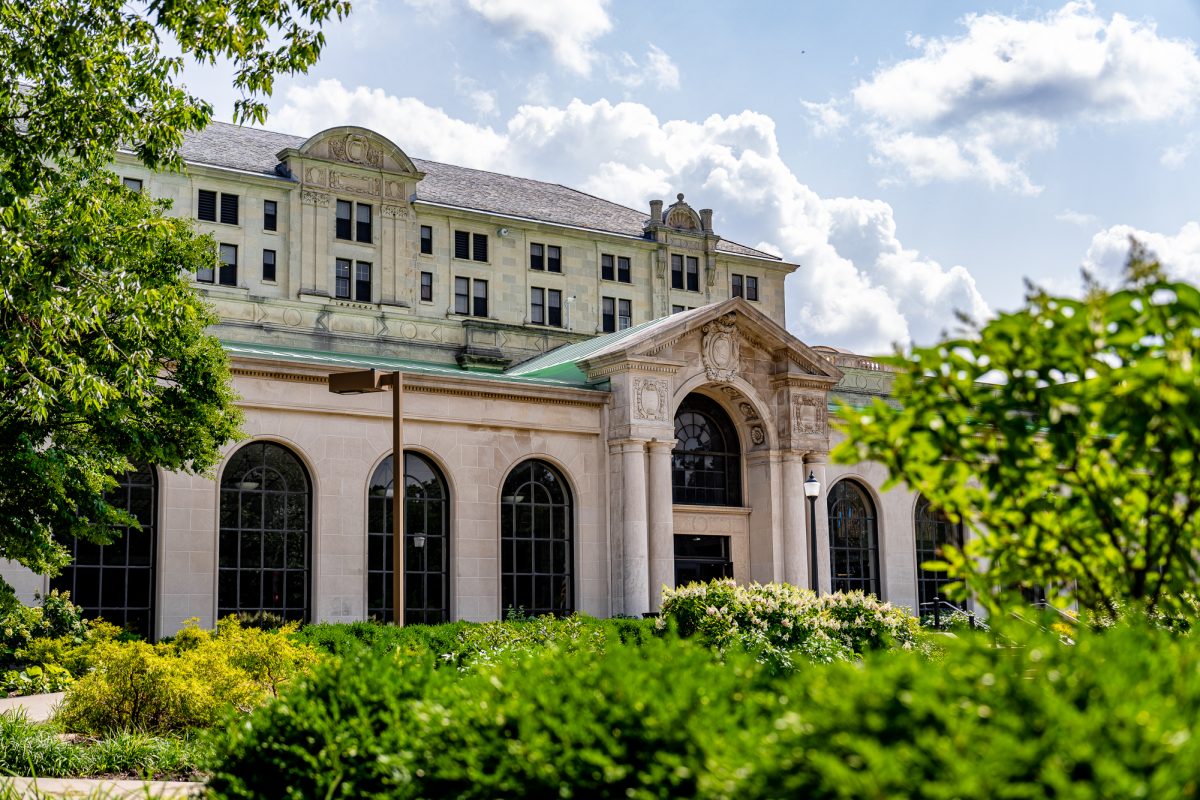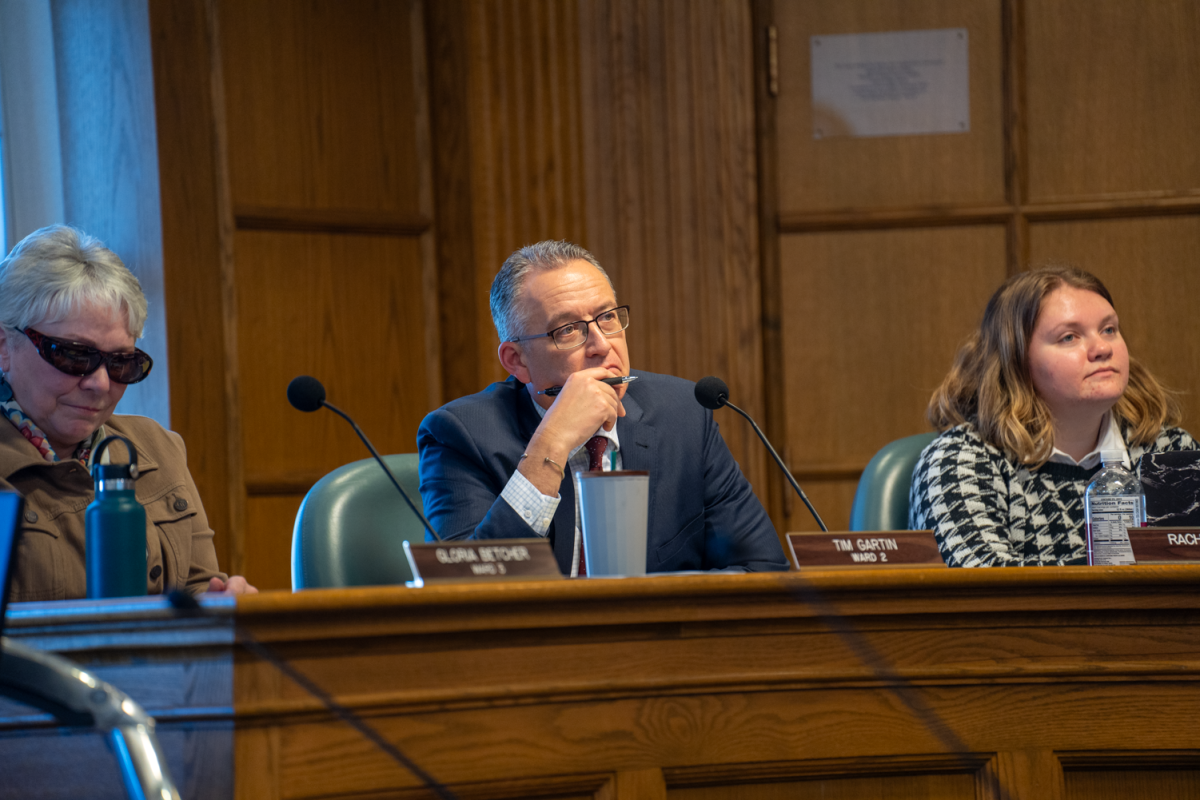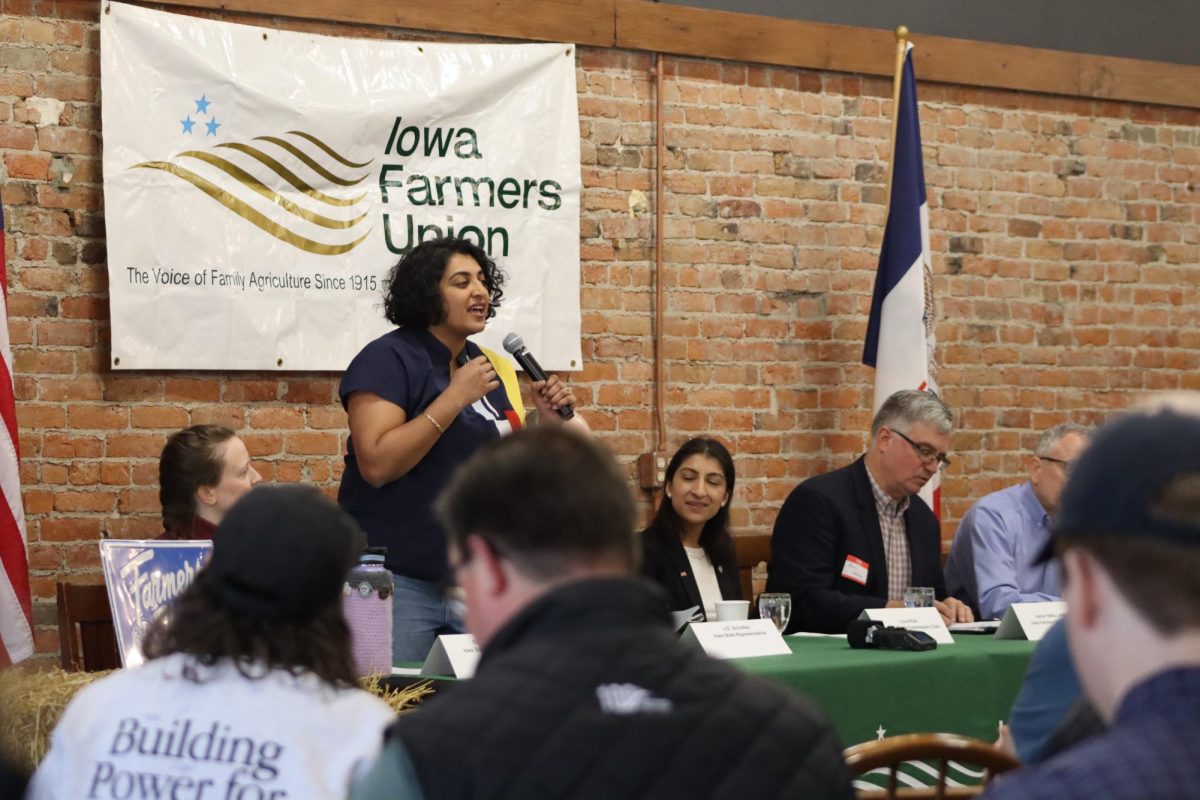In a consequential decision that has stirred significant debate, the Supreme Court has blocked President Biden’s proposed student loan forgiveness program. The ruling, which has left many individuals burdened with student loan debt pondering their financial future, raises questions about the scope of executive authority and the constitutionality of government actions.
President Biden campaigned on promises to alleviate the financial strain of student loans, vowing to implement a program that would provide relief through the forgiveness of federal student loan debt. However, the Supreme Court’s blockage of this program signifies a setback for borrowers eagerly awaiting relief.
The impact of the blocked program on individuals burdened with student loan debt is substantial. Disappointment and frustration are widespread among borrowers who had hoped for potential debt relief. The decision prolongs the financial strain, making it challenging for borrowers to manage monthly loan payments and increasing the risk of delinquency or default.
Borrowers may also miss out on crucial life milestones without loan forgiveness. Student loans could make it hard to save for a down payment, start a family, pursue further education or advance your career.
Blocking the program has an uneven impact, exacerbating disparities already there. The Supreme Court’s decision compounds these inequities by putting an even heavier burden on low-income individuals, minority communities and first-generation college students.
The Supreme Court ruled against President Biden’s student loan forgiveness program, but alternative solutions might be found. Now it’s up to Congress to tackle student loan debt. To ensure borrowers have manageable repayment options, lawmakers may consider legislation providing relief or modifying existing repayment programs.
As a result of the blocked program, advocacy groups and organizations dedicated to student loan reform will likely ramp up their efforts. Increased awareness and support for alternative solutions may influence policymakers to reconsider the issue and push for comprehensive reform.
Individual borrowers are encouraged to plan. Changing their repayment plan, refinancing their loan or getting help from the loan services can help mitigate the impact of the blocked program.
The Supreme Court’s blockage of President Biden’s student loan forgiveness program deals a blow to individuals burdened with student loans. The ruling brings disappointment and frustration, halting the anticipated relief from financial obligations. However, it also presents an opportunity for alternative solutions and increased advocacy for comprehensive student loan reform.
While the road ahead may be challenging, borrowers can take proactive steps to navigate the complexities of student loan debt. Individuals can work toward a more secure financial future by staying informed, engaging in personal financial planning and advocating for change.
It remains to be seen how policymakers, advocates and borrowers will respond to this setback and seek viable solutions that address the systemic issues surrounding student loan debt. The discussion surrounding student loan reform continues as the nation grapples with the consequences of the Supreme Court’s decision and the pursuit of equitable and sustainable solutions.


